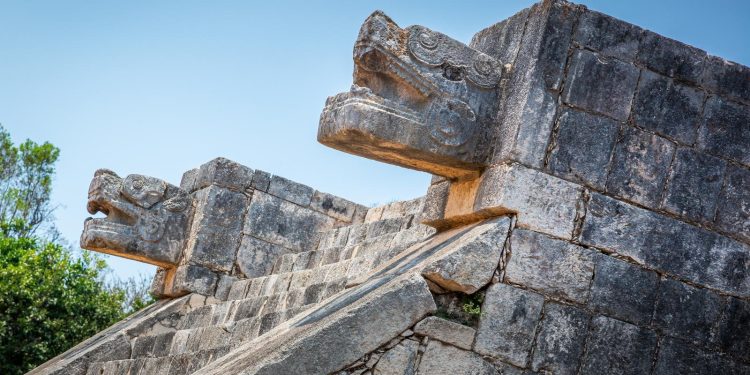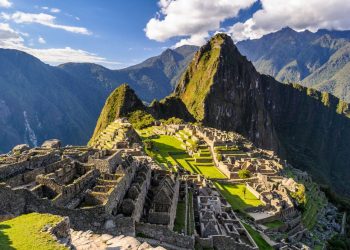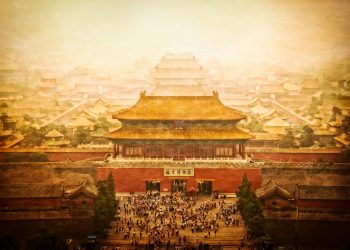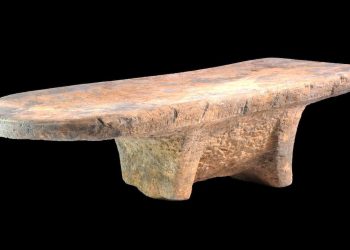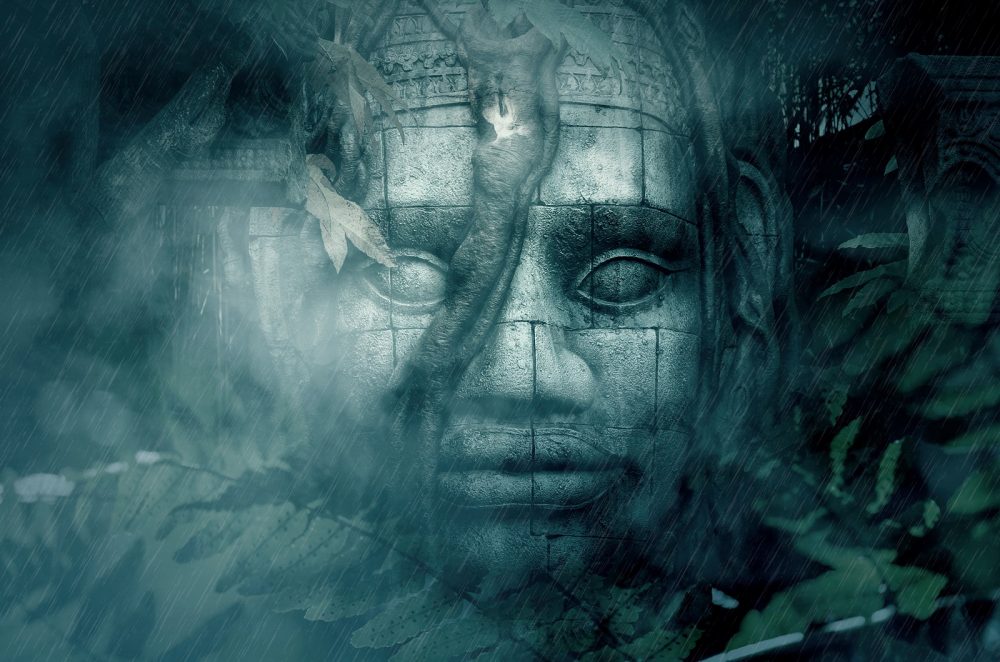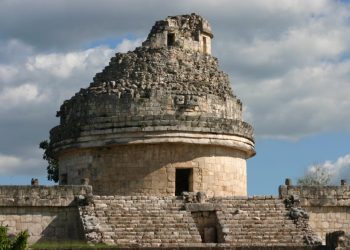Unraveling the Mystery of Maya Origins
The ancient Maya civilization was a remarkable society that flourished in Mesoamerica for thousands of years. However, the question of how this civilization emerged has long been debated among scholars. Theories typically revolve around two main ideas: the Maya either developed directly from the older Olmec culture, or they arose independently. In this article, we delve into these two theories to explore the fascinating origins of the ancient Maya.
The Olmec Connection: A “Mother Culture” Influence
The Olmec Civilization: A Brief Overview
The Olmec civilization, which thrived in the Gulf Coast region of present-day Mexico from around 1400 BCE to 400 BCE, is often regarded as the first complex society in Mesoamerica. The Olmec people are renowned for their monumental stone sculptures, advanced writing system, and the construction of the earliest known Mesoamerican pyramids.
The “Mother Culture” Hypothesis
Some scholars argue that the Maya civilization emerged directly from the Olmec, often referred to as the “mother culture” of Mesoamerica. Proponents of this theory point to several aspects of Maya society that may have been influenced by the Olmec, including:
- Writing System: Both the Olmec and the Maya used a hieroglyphic script, suggesting a possible transmission of writing knowledge between the two civilizations.
- Artistic Styles: Similarities in artistic motifs, such as the use of jade and the depiction of rulers and deities, suggest a cultural connection between the Olmec and the Maya.
- Architecture: The Maya’s construction of large pyramids and plazas may have been influenced by Olmec architectural innovations.
- Religious Practices: Elements of Olmec religious iconography, such as the feathered serpent deity, later appeared in Maya art and religious practices.
The Independent Emergence Theory: A Civilization Born from Within
The Case for Independent Development
Other scholars argue that the Maya civilization arose independently, without direct influence from the Olmec. They propose that the Maya developed their own unique culture, writing system, and architectural styles through a process of internal evolution. Evidence supporting this theory includes:
- Distinct Cultural Features: The Maya had their own unique pantheon of gods, rituals, and calendar systems, which differed significantly from those of the Olmec.
- Geographical Separation: The heartland of the Maya civilization was located hundreds of miles away from the core Olmec region, suggesting that cultural exchange may have been limited.
- Chronological Gaps: The peak of Olmec civilization occurred several centuries before the emergence of the Maya, casting doubt on the idea of a direct transmission of culture.
- Lack of Direct Evidence: While some similarities exist between the two civilizations, there is no definitive archaeological or historical evidence proving a direct connection between the Olmec and the Maya.
- A Synthesis of Theories: The Complex Origins of the Maya
Given the existing evidence, it is possible that the true origins of the Maya civilization lie somewhere between these two theories. It is conceivable that the Maya were influenced by the Olmec to some extent while also developing their own unique culture and society. Factors that may have contributed to this complex origin story include:
- Cultural Diffusion: The exchange of ideas, technologies, and artistic styles among various Mesoamerican societies could have played a role in shaping the Maya civilization.
- Regional Interactions: The Maya may have interacted with other regional cultures, such asthe Zoque or the Mixe-Zoque, which in turn could have had connections to the Olmec, leading to a more indirect influence.
- Environmental Factors: The unique geographical and ecological context of the Maya region, which included dense jungles and extensive river systems, may have contributed to the development of their distinct culture and society.
- Independent Innovation: The Maya civilization may have evolved many of its defining characteristics, such as their calendar system and architectural styles, through a process of independent innovation and adaptation to local conditions.
Conclusion: Embracing the Complexity of Maya Origins
The debate surrounding the origins of the ancient Maya civilization is far from settled. While some scholars argue for a direct influence from the Olmec “mother culture,” others propose that the Maya developed independently. Ultimately, it is likely that the true story of the Maya’s emergence is a complex mix of both direct and indirect influences, regional interactions, and independent innovation.
As our understanding of Mesoamerican history grows, so too does our appreciation for the diverse cultural tapestry that gave rise to the ancient Maya. This fascinating civilization, with its unique blend of cultural influences, stands as a testament to the resilience and ingenuity of human societies throughout history.
PLEASE READ: Have something to add? Visit Curiosmos on Facebook. Join the discussion in our mobile Telegram group. Also, follow us on Google News. Interesting in history, mysteries, and more? Visit Ancient Library’s Telegram group and become part of an exclusive group.



